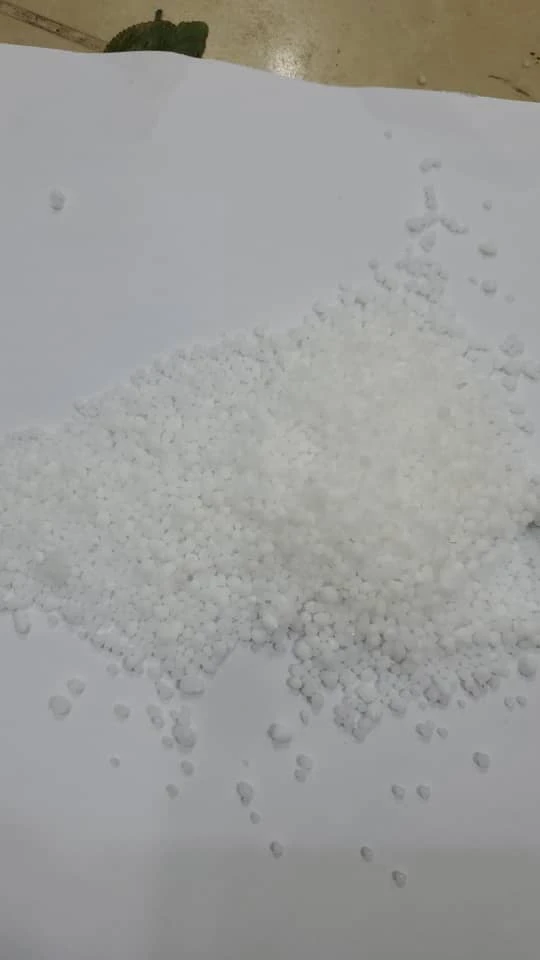



Trends and Impacts of Agrochemical Usage in Modern Agriculture
The Impact of Agrochemical Use on Agriculture and the Environment
Agrochemicals, including fertilizers, pesticides, and herbicides, play a critical role in modern agriculture, enabling farmers to maximize yields and protect their crops from pests and diseases. However, the use of these chemicals is a double-edged sword, presenting both benefits and challenges that must be carefully assessed. This article examines the implications of agrochemical use for agricultural productivity, environmental health, and human safety.
Enhancing Agricultural Productivity
Modern agriculture heavily relies on agrochemicals to enhance productivity. Fertilizers provide essential nutrients that ensure healthy crop growth, while pesticides and herbicides protect plants from harmful insects, weeds, and diseases. According to various studies, the introduction of these chemicals has significantly increased crop yields over the past few decades. For instance, the Green Revolution of the 1960s and 70s saw a dramatic rise in food production in developing countries, attributed to agrochemical use alongside high-yield crop varieties and improved irrigation practices.
In regions facing food insecurity, agrochemicals have been integral in boosting food supply. As the global population continues to grow, with forecasts suggesting it could reach nearly 10 billion by 2050, the pressure to increase agricultural output intensifies. To meet this rising demand, agrochemicals remain a necessary tool for farmers around the world.
Environmental Concerns
Despite their benefits, the use of agrochemicals raises significant environmental concerns. The application of large quantities of fertilizers has been linked to water pollution through runoff, leading to eutrophication in aquatic ecosystems. Eutrophication causes algal blooms, which deplete oxygen in the water and can result in dead zones, where aquatic life cannot survive. This disrupts local ecosystems and affects biodiversity.
Pesticides pose another environmental challenge. Non-target species, including beneficial insects like bees and butterflies, can suffer collateral damage from chemical applications. The decline in pollinator populations is alarming, as these creatures are essential for the reproduction of many crops and wild plants. Moreover, the overuse of certain pesticides can lead to the development of resistant pest populations, prompting a vicious cycle of increasing chemical use.
agrochemical use

Human Health Risks
The implications of agrochemical use extend beyond the environment to human health. Farmers and agricultural workers are at higher risk of exposure to harmful chemicals, which can lead to acute illnesses and chronic health issues, including respiratory problems, skin irritations, and even long-term effects like cancer. The toxicity of certain pesticides raises concerns about their impact on consumers, as residues may remain on food products, posing health risks when ingested.
Public awareness of these risks is growing, and consumers are demanding safer, more sustainable agricultural practices. This shift in preferences has led to an increase in organic farming, which minimizes the use of synthetic chemicals and employs natural alternatives to maintain soil fertility and control pests.
Moving Towards Sustainable Practices
The challenges associated with agrochemical use highlight the need for sustainable agricultural practices. Integrated Pest Management (IPM) combines various strategies to control pests with minimal chemical intervention, such as crop rotation, biological control, and habitat manipulation. Moreover, precision agriculture technologies allow farmers to apply agrochemicals more efficiently, reducing waste and environmental impact.
Legislation and policy changes also play a role in promoting sustainable agrochemical use. Governments can incentivize practices that support environmental health while ensuring agricultural productivity. Collaborations between researchers, farmers, and policymakers are essential to develop innovative solutions that balance the need for food security with the imperative of protecting our environment.
Conclusion
Agrochemical use remains a cornerstone of modern agriculture, driving productivity and ensuring food supply in an ever-growing world. However, the environmental and health challenges associated with their use cannot be overlooked. Moving towards sustainable practices, adopting integrated approaches, and fostering awareness among consumers and farmers alike are critical steps in addressing these challenges. By striking a balance between agricultural needs and environmental stewardship, it is possible to create a more sustainable future for agriculture that safeguards both people and the planet.
-
How and Why to Disinfect Water Softeners for Safe, Reliable WaterNewsNov.24,2025
-
Effective Deionized Water Disinfectant Solutions for Healthcare & Industrial UseNewsNov.24,2025
-
Commonly Used Disinfectant for Drinking Water – Global Uses & InnovationsNewsNov.23,2025
-
Chemical to Disinfect Water – Essential Solutions for Safe, Clean Drinking WaterNewsNov.23,2025
-
Blue Water Disinfectant: Safeguarding Global Water Quality with InnovationNewsNov.22,2025
-
Bleaching Powder for Water Disinfection – Affordable & Effective Water Treatment SolutionNewsNov.22,2025
-
Bleaching Powder Drinking Water: Effective, Affordable Disinfection WorldwideNewsNov.21,2025










